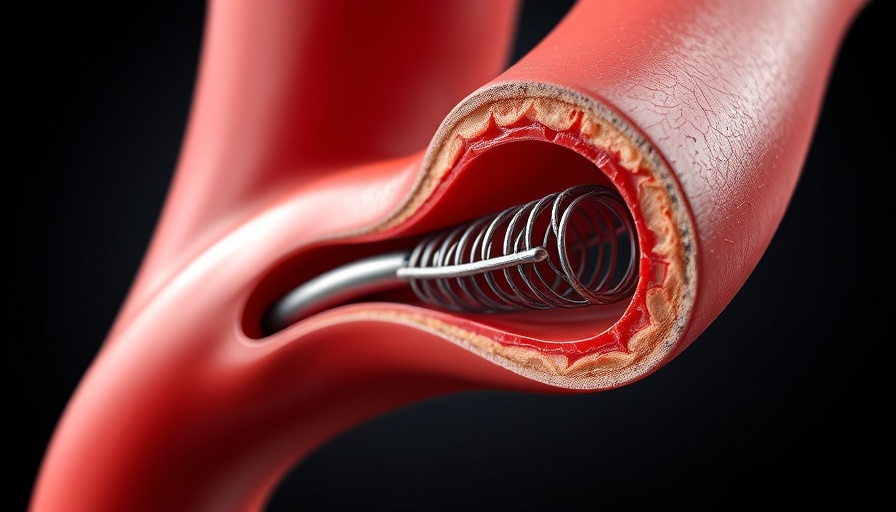
Understanding Angioplasty: A Closer Look
For many in the middle-aged demographic, especially men between 35 to 55 who are active and health-conscious, understanding the nuances of heart health is crucial. Angioplasty, a common procedure intended to relieve narrowed arteries, has garnered attention in recent years. However, recent findings suggest that it might not be as beneficial as once believed. A key factor is that most heart attacks stem from nonobstructive plaques, undermining the basic premise that widening an artery will significantly reduce heart attack risk.
Historical Context: The Evolution of Angioplasty
The process of angioplasty emerged in the late 20th century, heralded as a breakthrough in managing coronary artery disease. Initially, it seemed to promise improved blood flow and reduced heart attack risk. But landmark studies, such as the Courage Trial, demonstrated that the outcomes of angioplasty and stent placement did not significantly lower heart attack rates or improve longevity when compared to patients receiving standard medical therapy. This has led to increased skepticism about the efficacy of these procedures.
Science Behind Heart Health: What Really Causes Heart Attacks?
Research shows that a substantial number of heart attacks are caused by plaques that do not visibly block blood flow and thus are difficult to treat through angioplasty. For example, many heart attacks are triggered by lesions causing 50% blockage or less. This aligns with the observation that simply widening an artery does not address the underlying issues posed by these silent, problematic plaques.
Counterarguments: The Case for Persistent Advocacy
While numerous studies emphasize the limited benefits of angioplasty, some health professionals maintain that stents provide immediate relief for certain patients experiencing symptoms like angina. This raises a critical discourse around individual patient needs and the psychology of 'quick fixes' that patients often seek. It highlights the importance of informed discussions between doctors and patients regarding treatment options.
Men's Health: Focus on Preventive Measures
As active individuals, especially men in their late thirties to early fifties, understanding heart attack risks is vital. Beyond surgical interventions, embracing preventive measures can be transformative. Essential nutrients, meal planning, and lifestyle choices play an influential role in maintaining heart health. Foods that boost testosterone, such as nuts, leafy greens, and lean proteins, can positively impact overall well-being.
Practical Insights: Making Informed Choices
When considering heart health, knowledge is power. Incorporating more nutrient-rich foods and understanding the role of cardiovascular fitness can lead to better health outcomes. Engaging in regular exercises, managing stress, and focusing on a balanced diet rich in whole foods are effective strategies for men aiming to enhance overall vitality and reduce heart attack risks.
Embracing a Heart-Healthy Lifestyle
In summary, while angioplasty may offer relief in specific cases, it is crucial to recognize its limitations. By prioritizing preventive health measures and remaining informed about heart health, men can take proactive steps toward a healthier lifestyle. Remember, a well-rounded approach to well-being includes focusing on diet, regular exercise, and maintaining optimal physical health.
 Add Row
Add Row  Add
Add 




Write A Comment